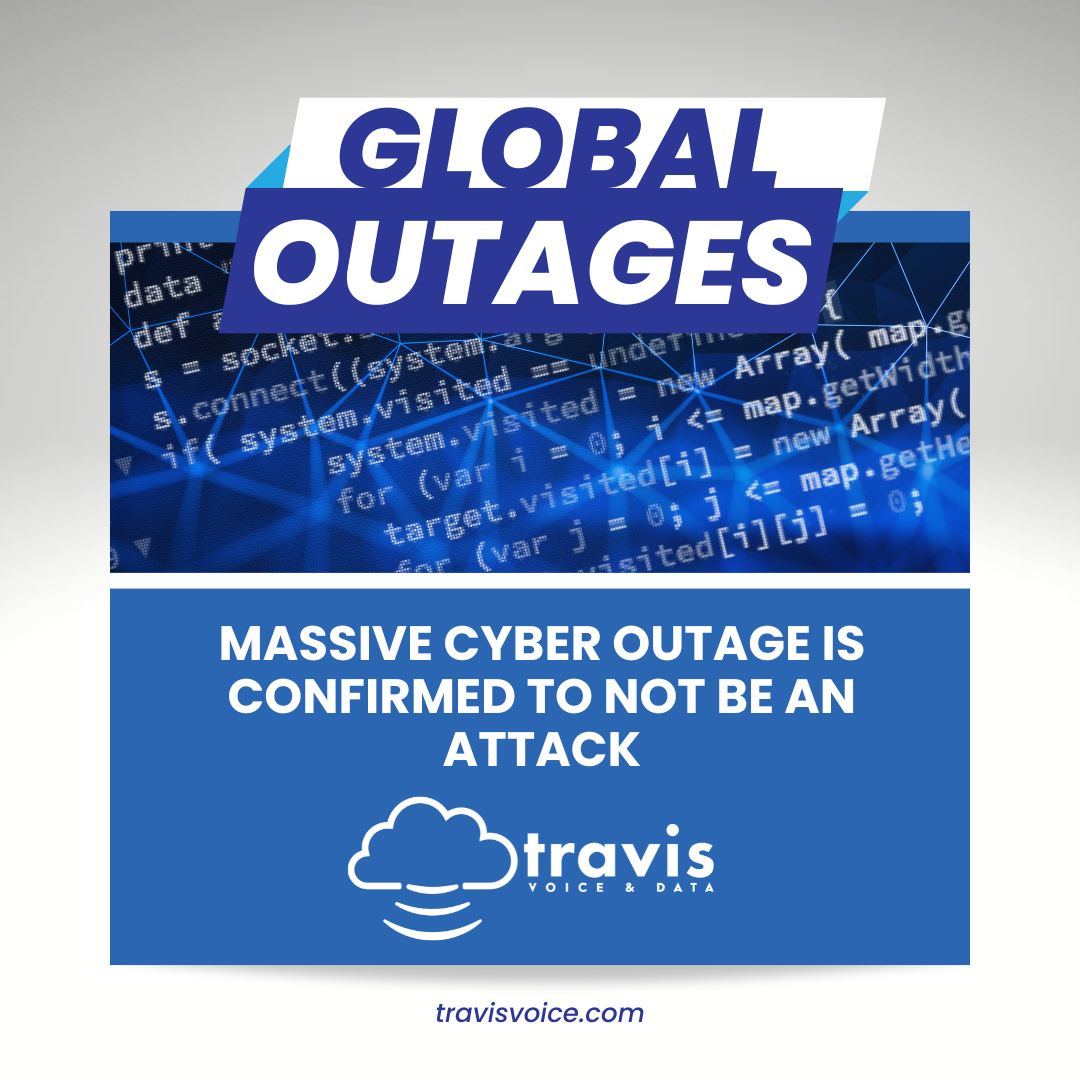In this digital age, scams have evolved into more sophisticated forms of cybercrime. Gone are the days of wealthy foreign nobility email scams, as phishing tactics now exploit the awareness of cyber threats. These scammers have become experts at appearing legitimate and often impersonate well-known companies through email communications. Common targets include insurance companies, Amazon, streaming services like Netflix or Hulu, student loan companies, web-hosting services, banking institutions, and even organizations like the CDC and IRS. These scams frequently utilize falsified login pages and forms that closely resemble genuine platforms, aiming to collect your personal data without your knowledge.
Now, how can you distinguish between a phishing email and a trustworthy one? There are a few ways.
1. Urgency and Consequences: Phishing emails typically create a sense of urgency, often threatening consequences if you fail to comply within a specified time frame. They may mention terminating your services, imposing fines, or even limiting your future account access. Beware of such tactics designed to instill panic. Remember, a legitimate business that values its customers should not resort to threatening tactics.
2. Generic Addressing: Phishing emails usually address you as “customer,” “account user,” or “client.” Nowadays, most genuine organizations personalize their correspondence by using your name or account details. Although some advanced phishing scams may include your name, it is still wise to be cautious and consider the entire email if your name is present. But if it isn’t addressed to you personally, mark it spam and move on.
3. Obvious Typos and Poor Grammar: Professional companies typically compose their emails with care, ensuring accuracy and proper grammar. Phishing emails, on the other hand, often contain multiple typos and sentences that lack coherence. Pay close attention to these red flags.
4. Account Status: If you consistently manage your accounts, pay your bills on time, and keep your personal information updated, there is little reason to suspect any issues. Therefore, even if you receive an email from what appears to be a genuine source, there is no need to panic.
5. Suspicious Sender Email Addresses: Scammers commonly create email addresses that closely resemble those of legitimate businesses. For example, they may replace one letter or add extra words or numbers to mimic the real address (i.e. @amazom.com or @microsoft_help.com. Be vigilant and carefully examine the entire email address to spot any irregularities.
6. Suspicious Links: Phishing emails often contain links that direct you to illegitimate websites. To check the URL without clicking on it, hover your cursor over the link and examine the destination displayed in the lower-left corner of your screen. If it does not match the supposed sender’s official URL, avoid clicking on it.
Remember, Trust is Earned, Not Assumed:
· Do not rely on links provided in emails from potential scammers or commonly targeted sources. Always manually enter the official website’s URL into your browser if you suspect any issues. Legitimate companies will notify you of any account issues directly on their site after you log in.
· Be cautious of the appearance of linked websites in scam emails. Scammers have become masters at replicating legitimate login pages to deceive users and steal their information.
· Question the urgency conveyed in the email. If you suspect any account-related issues, contact the company through their official website or by calling their customer service.
Steps to Take if You Suspect Phishing:
Verify the legitimacy of the sender’s email by cross-checking it with previous legitimate emails received from the company. Many email platforms store contact information, allowing you to quickly verify the authenticity of the sender.
If the email address, typos, or formatting seem suspicious, flag the email as potentially fraudulent. Your email platform may have reporting features to help prevent future scams.
Report the phishing attempt to the targeted company. Most businesses have dedicated departments to handle fraudulent activities. Visit the official website and look for an email address, usually found at the bottom of the webpage. You may be asked to forward the suspicious email to the designated department for investigation.
For your important accounts, consider bookmarking the official login page on your secured computer’s browser. This way, you can access it directly whenever you suspect any account issues, ensuring you remain on the safe side.
At Travis Voice & Data, we always recommend advanced cyber security options under our Managed IT Services solution, which is tailored to fit your business. Contact us to learn more.






